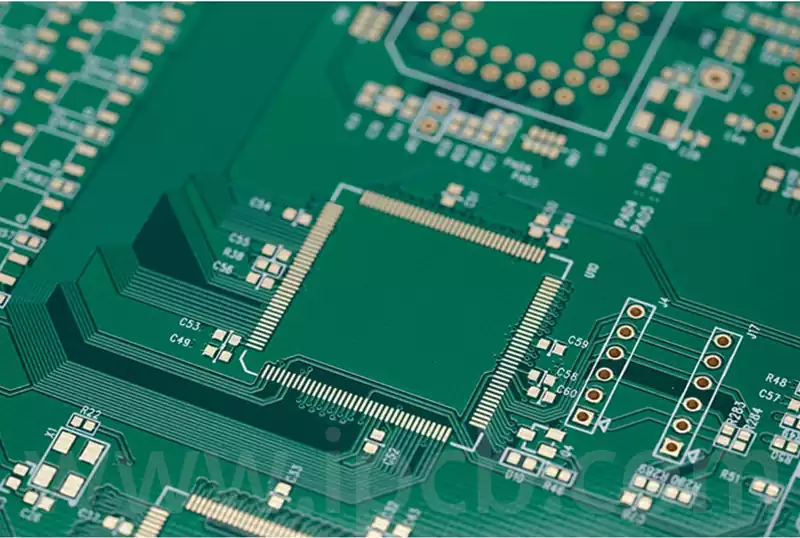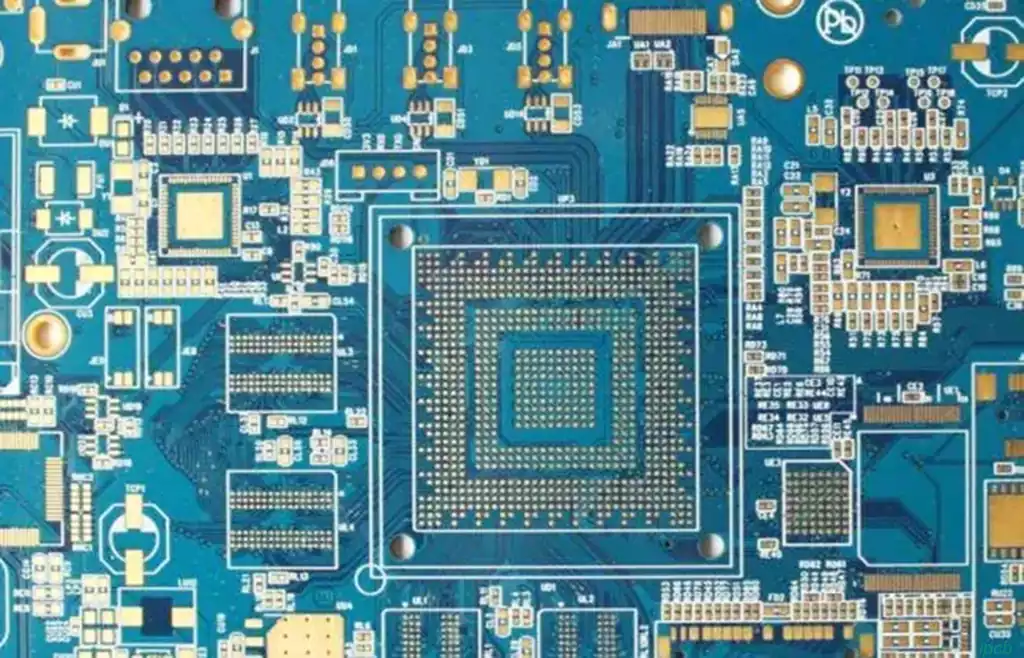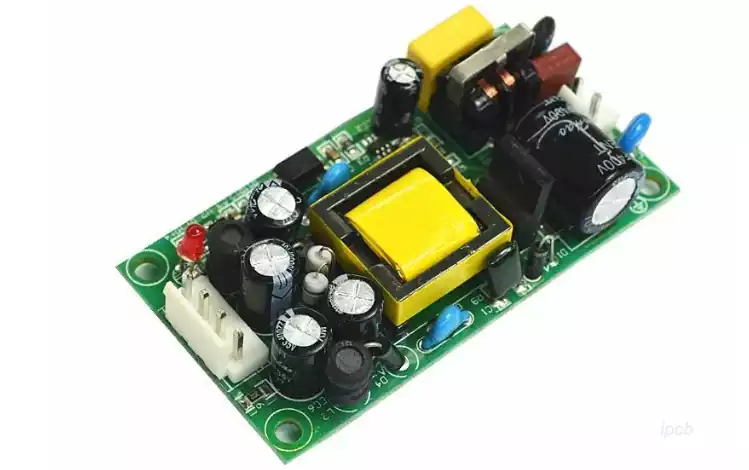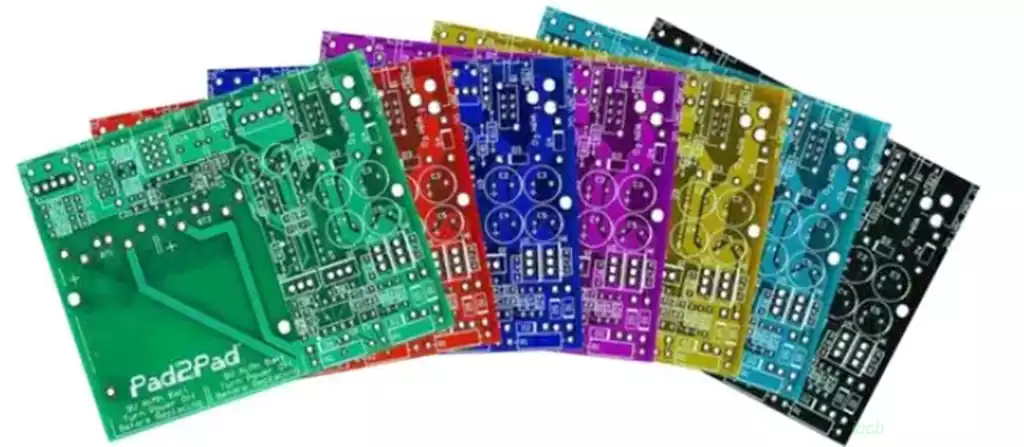What is 94v-0 on a pcb? The 94v-0 standard is a standard set for the combustion characteristics of plastic materials in electronic and electrical products. It was established by Underwriters Laboratories (UL), a highly authoritative insurance laboratory in the United States. This standard specifies the specific behaviour of plastic materials when exposed to flames, with the core objective of assessing the safety performance of these materials in the event of a fire.
The 94v-0 standard encompasses a series of key metrics, including the rate of combustion, the speed at which flames spread across the material’s surface, the amount of heat released during combustion, and the toxicity of combustion byproducts. Based on these stringent and detailed metrics, plastic materials are categorised into three distinct grades: V-0, V-1, and V-2. Among these, V-0-rated plastic materials exhibit the most outstanding combustion performance, while V-2-rated materials have relatively poorer combustion performance.
The widespread application of the 94v-0 standard in the electronics and electrical appliance industry
The 94v-0 standard is widely applied in the electronics and electrical appliance industry, particularly in critical components such as the casings, power cords, plugs, and sockets of electronic products. These components are highly likely to come into contact with heat sources during daily use, such as in cases of circuit short circuits or overloads, which may cause localised high temperatures or even fires. Therefore, to ensure product safety, the materials used in these components must possess excellent flame-retardant properties, and the 94V-0 standard provides a clear evaluation criterion for material flame-retardant performance.
The dual impact of the 94v-0 standard on China’s electronics and electrical appliance industry
The 94v-0 standard has a dual impact on China’s electronics and electrical appliance industry. From a positive perspective, this standard provides Chinese enterprises with a quality requirement framework aligned with international standards. Adhering to this standard helps Chinese enterprises enhance the safety performance of their products, making them more competitive in the international market. For example, some electronic products exported to developed countries such as Europe and the United States have successfully passed local market access inspections due to compliance with the 94v-0 standard, thereby securing more overseas orders. However, from another perspective, since the 94v-0 standard imposes stringent requirements on the combustion performance of materials, companies must invest additional human, material, and financial resources into research, development, and production to meet these standards. This not only increases operational costs but may also pose significant survival pressures for smaller companies with limited financial resources.
UL94 has a total of 12 fire resistance ratings:
HB, V-0, V-1, V-2, 5VA, 5VB, VTM-0, VTM-1, VTM-2, HBF, HF1, HF2.
Among these, VTM-0, VTM-1, and VTM-2 are applicable to plastic films,
while HBF, HF1, and HF2 are applicable to foam materials.
The rating test procedures are as follows:
(1) HB Class: Horizontal Burning Test
(2) V0–V2 Classes: Vertical Burning Test
(3) 5VA/5VB: 5V Class Fire Resistance Test 500W (125 mm) Vertical Burning Test
(4) RP Class: Radiant Panel Flame Spread Test
(5) VTM0-VTM2: Thin Material Vertical Burning Test
(6) HF1-HF2: Horizontal Burning Foamed Material Test

UL 94v Test Requirements:
HB: As a flame-retardant rating defined in the UL94 standard, it has clear and detailed requirements. For samples with a thickness between 3 and 13 millimetres, the burning rate must be less than 40 millimetres per minute; for samples with a thickness less than 3 millimetres, the burning rate must be less than 70 millimetres per minute; Additionally, if the sample self-extinguishes before reaching the 100-millimetre mark, it also meets the requirements of this rating.
V-0: The sample undergoes two burning tests, each lasting 10 seconds. After the test, any residual flames and smouldering must be completely extinguished within 30 seconds. Furthermore, any particles that fall from the sample during the test must not have the ability to ignite cotton.
V-1: The sample undergoes two 10-second combustion tests. After the tests, the residual flame and smouldering must extinguish within 60 seconds. Additionally, particles that fall off the sample must not be capable of igniting cotton.
V-2: The sample undergoes two 10-second combustion tests. After the tests, the residual flame and smouldering must extinguish within 60 seconds. However, unlike the V-1 grade, the droplets in this grade can ignite cotton.
5VB: Conduct five 5-second combustion tests on the sample. After the test, the residual flames and smouldering must extinguish within 60 seconds. The droplets must not ignite cotton. For solid samples, burning through is permitted.
5VA: Conduct five 5-second burning tests on the sample. After the test, the residual flame and smouldering must extinguish within 30 seconds. Dropped particles must not ignite cotton. Additionally, for block samples, burning through is not permitted.
Common UL94 Test Methods
Horizontal Burning Test (HB): This test is primarily for samples that meet the HB flame-retardant rating requirements. It simulates burning conditions in a horizontal state to assess the sample’s burning performance.
50W Vertical Burning Test: Using a 50W heat source, the test evaluates the sample’s burning characteristics in a vertical state.
500W Vertical Burning Test: This test uses a 500W heat source to conduct a burning test on vertically placed samples, enabling a more rigorous evaluation of the sample’s flame retardant capability under higher heat source conditions.
Synonymous Rewording of UL 94 Flame Retardant Rating Criteria for Horizontal Burning
UL 94 horizontal burning evaluation primarily determines whether a sample meets the corresponding rating based on its performance in the horizontal burning test. Specifically, for samples with a thickness of 3–13 millimetres, if the burning rate is less than 40 millimetres per minute; for samples with a thickness of less than 3 millimetres, if the burning rate is less than 70 millimetres per minute; or if the sample stops burning before reaching the 100-millimetre mark, the sample is deemed to meet the horizontal burning requirements and its corresponding flame-retardant rating is determined.
The 94V-0 standard, as an important flame-retardant specification in the electronics and electrical industry, ensures the safety performance of plastic materials in fire situations. Its stringent testing criteria and application requirements effectively enhance the fire safety of products.



